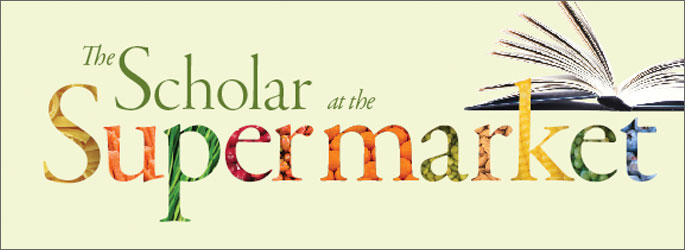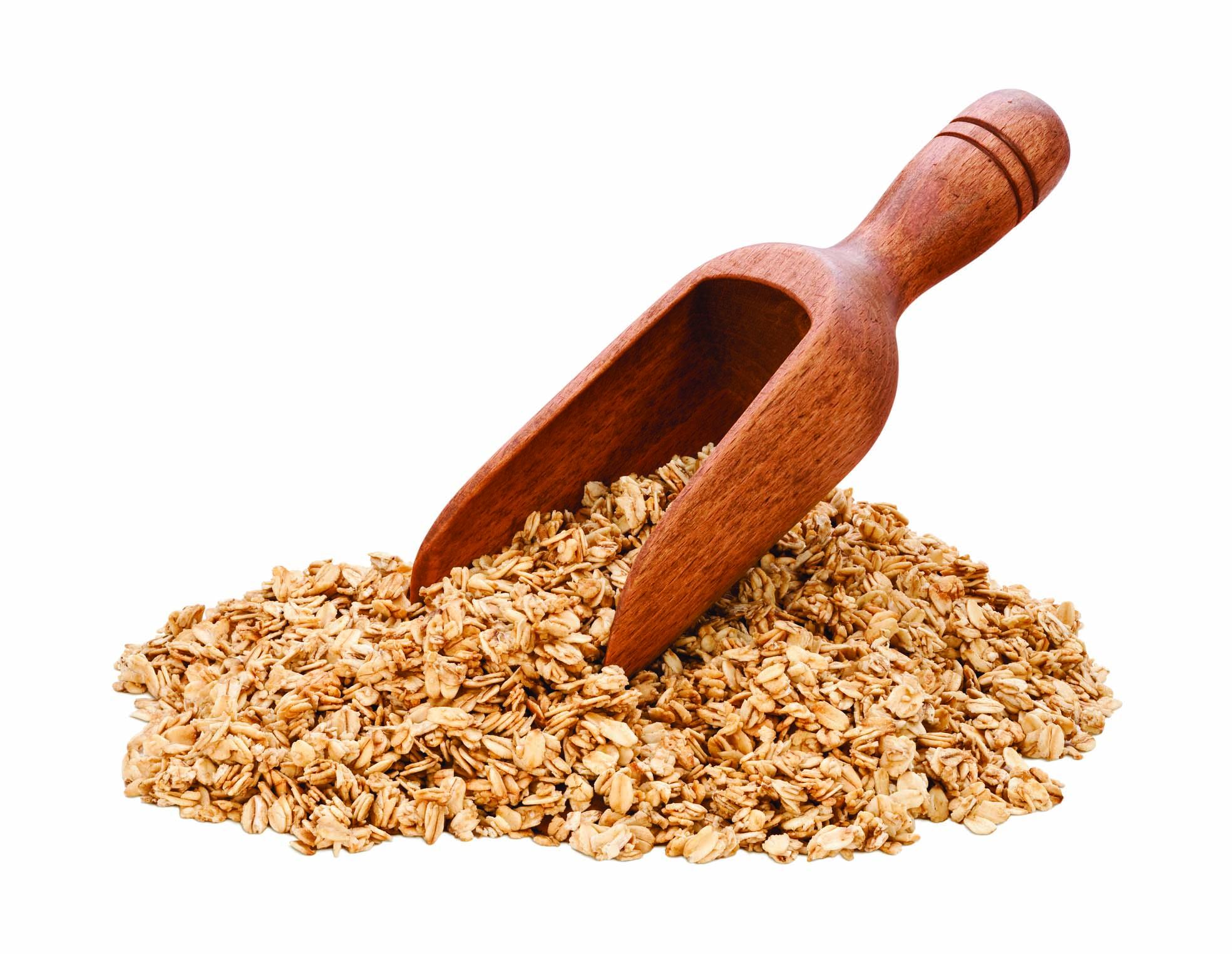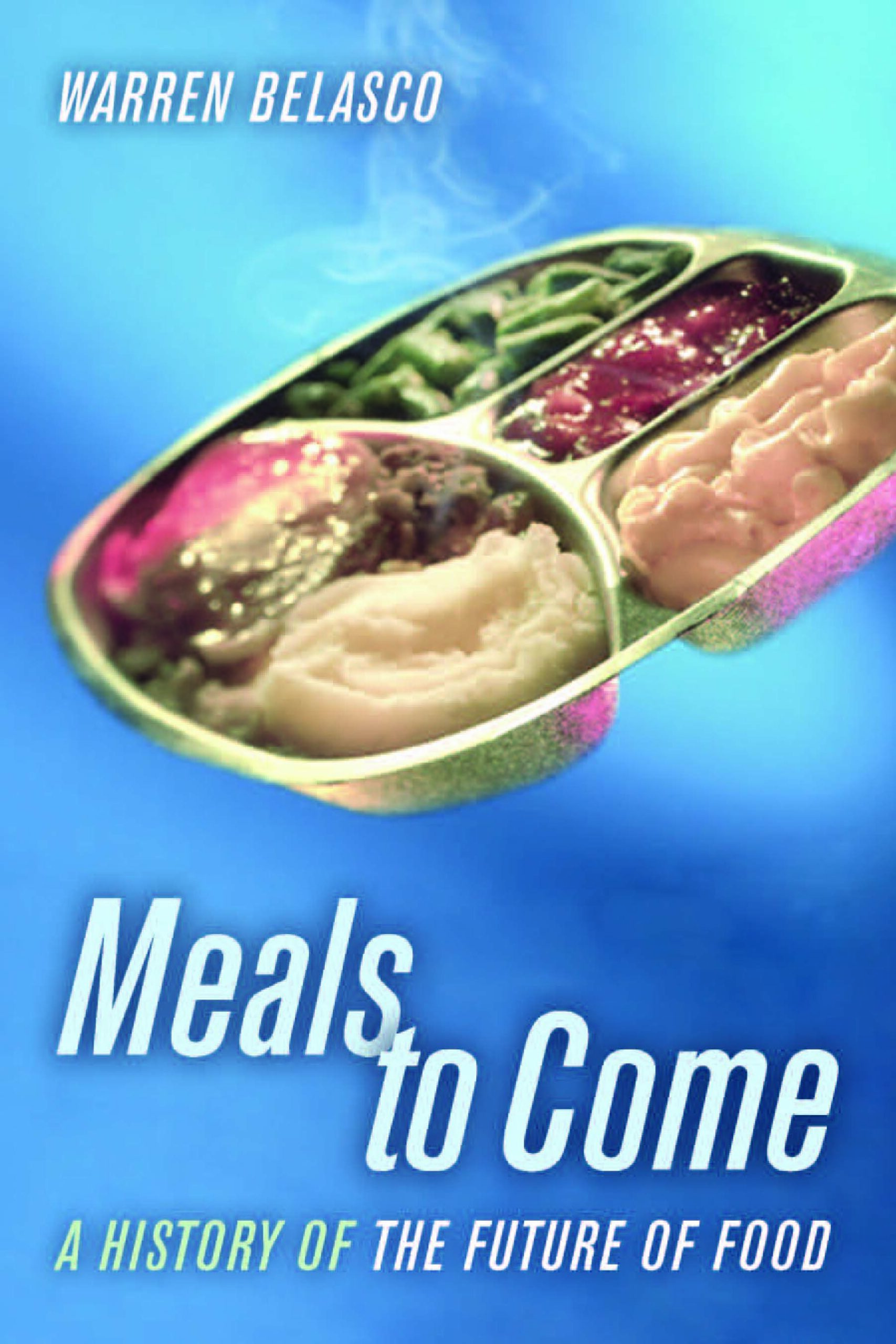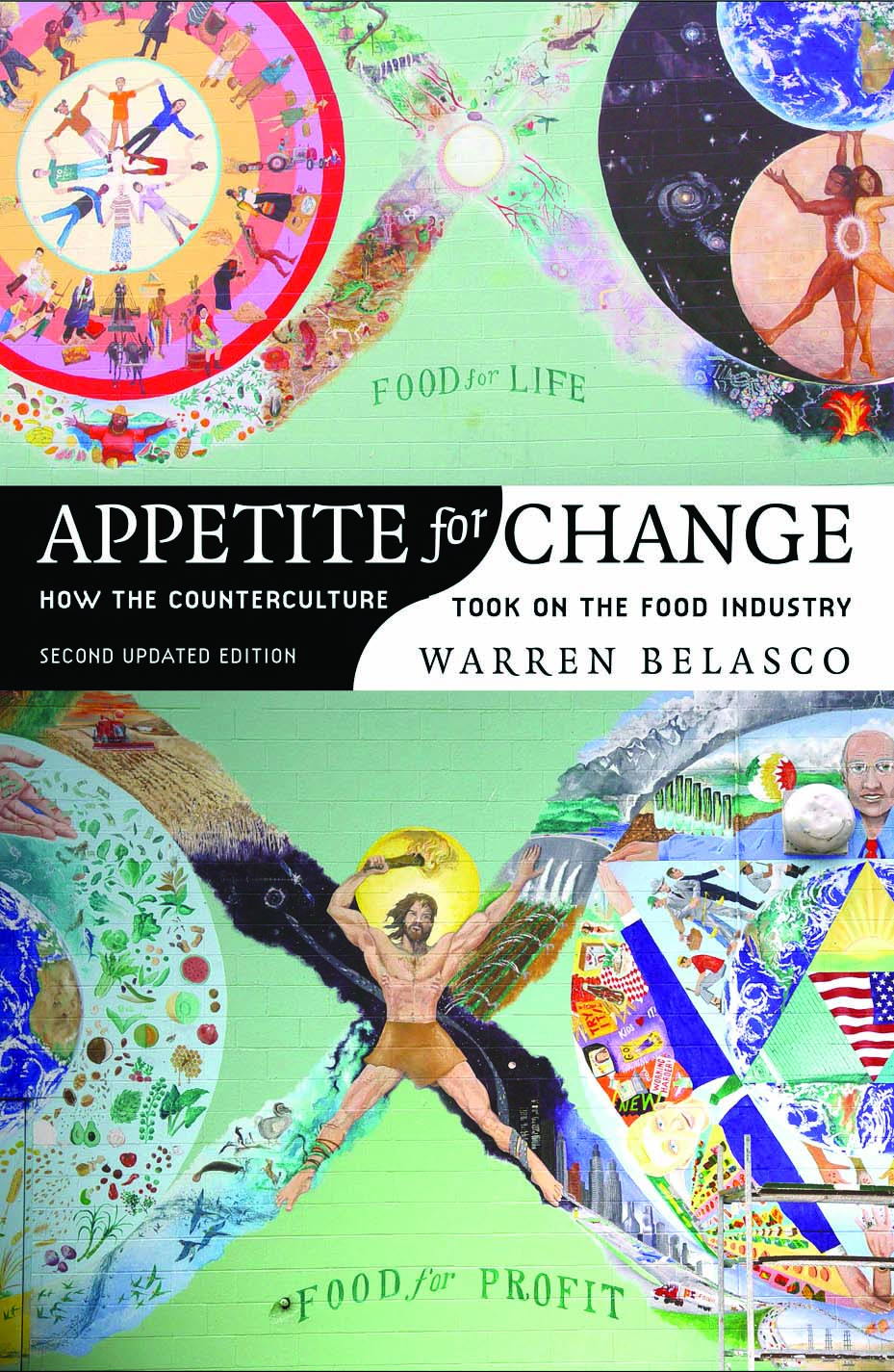UMBC American studies professor Warren Belasco has pioneered food studies’ explosive growth in the classroom and the larger culture.
“You did not go into food as an academic in 1972,” Warren Belasco told an audience of fellow scholars in Oxford, Mississippi this past October with a smile. “That was not something you did.”
So how did a professor of American studies at UMBC who did so end up as one of this country’s most prominent researchers on food and culture? In his 30 years at UMBC, Belasco has not just pioneered a discipline that has now captured the popular imagination. He also has helped define what we mean when we talk about food studies. His latest book, Food: The Key Concepts, is an introductory textbook for students of the burgeoning discipline.
And just why was he showing the oral historians of the Southern Foodways Alliance – an institute of the Center for the Study of Southern Culture at the University of Mississippi – slides of his 1970s dinner of soybean stroganoff?
To hear Belasco tell it, his own journey into food studies mirrors the path that the topic has taken to wider acceptance in the academy and in cultural discourse. It’s a personal tale in which his own diet and a fascination with how the mechanics of everyday phenomena (cars, Coca-Cola, drive-ins) fit into wider patterns of cultural discourse.
“Our tastes,” Belasco writes in Food, “are as telling as our distastes.”
Food has always been a key element in America’s melting pot culture, but its ability to speak to the culture of everything from business to politics has placed the topic squarely in the sights of scholars who are seeking ways of examining how we live.
For instance, Belasco gave his October talk at the second annual Viking Range Lecture, which is named for, and funded by, the manufacturer of high-end, commercial-grade ranges marketed to home cooks.
Belasco told that Mississippi audience that he “backed into [food studies] through something else.” In his case, it was research into leisure automobile travel in the United States during the early 20th century and the rise of motel chains which led to the publication of his first book, Americans on the Road: From Autocamp to Motel, 1910-1945, in 1977.
When he first interviewed at UMBC, the then-dean greeted the news of his scholarship on the roadside food chain Howard Johnson’s with a derisive, “that sounds like fun.” Belasco says he “knew immediately I was on to something that was not safe in academics.”
Belasco’s nose for the wider cultural patterns in everyday phenomena eventually led him straight to his own plate. As a graduate student at the University of Michigan in the 1970s, high meat prices forced Belasco to drop meat from his diet. He also discovered Francis Moore Lappé, whose influential 1971 book, Diet for a Small Planet, put forth the case for vegetarianism as a means of dealing with global food shortages.
Making connections between his personal diet and the planet led Belasco to examine the alternative food culture of the 1960s and 1970s. He watched as that subculture surged into mainstream, and his first scholarly book on food, Appetite for Change: How the Counterculture Took on the Food Industry (1989), examined how goods like herbal tea and granola went from signifiers of radical culture to grocery store staples.
Belasco was not the only scholar focusing on food in the late 1980s. The Association for the Study of Food and Society began holding an annual conference in 1987. The association began publishing a journal – Belasco is the associate editor – in 1996.
Belasco also worked his academic interest into pedagogy, first offering a course dedicated to food studies as a senior seminar in the American studies department in 1985. In 1990, that same course became a regular offering for UMBC undergraduates.
 In 2008, he published Food: The Key Concepts, a slim introductory volume to food studies. (The best part of American studies texts may be their indexes – in Food you can find listings for Hank Williams as well as “free lunch.”) Belasco dedicated Food to his students, and says it’s the interactions with his classes that make the work rewarding.
In 2008, he published Food: The Key Concepts, a slim introductory volume to food studies. (The best part of American studies texts may be their indexes – in Food you can find listings for Hank Williams as well as “free lunch.”) Belasco dedicated Food to his students, and says it’s the interactions with his classes that make the work rewarding.
Food culture’s emergence into the scholarly and cultural limelight may mean an increase in funding, or the odd phone call for an op-ed, but does it mean that food studies have carved a permanent niche in academia?
“At this stage we are at the level of individual courses,” Belasco says. It has become an accepted focus for professors. (Gone, he says, are the days where you were advised to wait until after you had secured tenure to tackle food studies.)
Perhaps more interesting is where his students are taking the discipline. Quite a few of them, he observes, have ended up not in the classroom, but in the kitchen.
Belasco’s most famous former student is Duff Goldman ’97, who started Baltimore’s Charm City Cakes, and became a foodie star with his Food Network show Ace of Cakes.
Goldman and other students who have studied with Belasco may have the cooking and the commerce down, but the UMBC professor says that there is value in examining the phenomenon for its other societal effects. “I feel like I’m giving them a political background they probably aren’t getting in cooking school,” Belasco says.
Belasco’s analysis of the intersection of food and wider culture has only deepened in subsequent years, moving from studying cultural shifts in consumer taste to a meditation on how human beings have used food as a means of charting our desires and fears.
In his 2006 book, Meals to Come: A History of the Future of Food, Belasco argues that “the struggle for the control of the food supply is an old tale, to be sure, as are so many of the stories we tell about the future.” The food supply has been used as a rationale for westward expansion, a dream of a dazzling technological future, and a portent of uncontrolled population growth.
Belasco argues that to truly be a savvy consumer in a world where we are simultaneously encouraged to eat exotic, natural and super-supplemented meals, we must recognize how food is, and has been, marketed as a vehicle of hopes. Culinary innovations have always been sold with a combination of “false dichotomies, inappropriate analogies, questionable assumptions and dubious calculations,” he says.
It is a verdict that should give pause to those who are hitching their hopes on the locavore or “slow food” movements that are exciting interest at the moment.
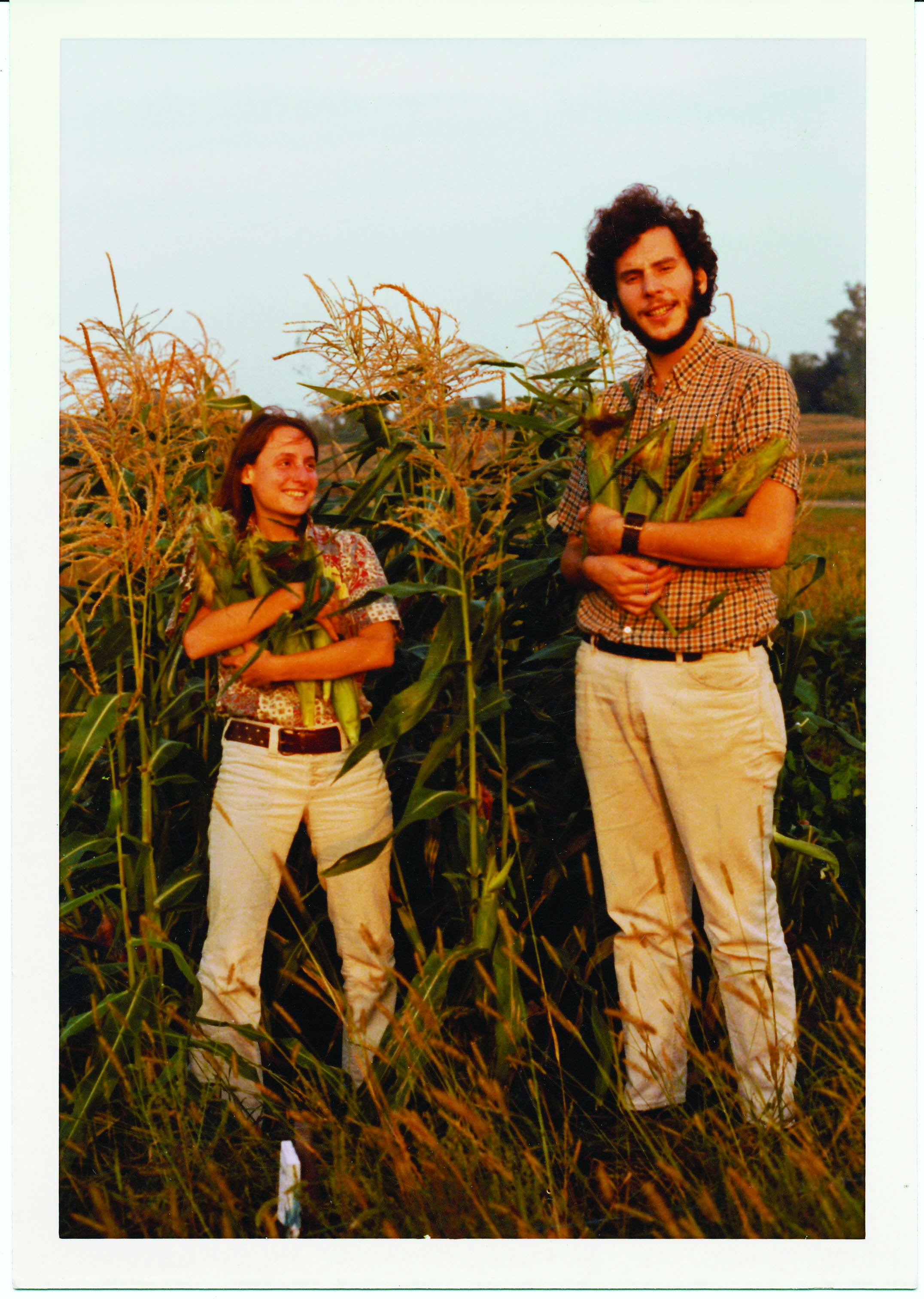
Slow food movement advocates argue in favor of locally-sourced cuisine, the preservation of regional agriculture and food customs, and call for consumers to resist industry and intense processing. The movement was founded in Italy in the late 1980s, and the first United States chapter was formed in 2000. The turn toward local food goes hand in hand with the return of concern over industrial food, explored most famously by Eric Schlosser’s Fast Food Nation.
“In some ways it’s just another wave of interest brought about by worries in the present, and also, marketing and the refinement of consumer capitalism as people expand their tastes and turn to food as an area of discrimination, even more so than they have in the past,” Belasco says. Still, as he points out in Meals to Come the “‘gee whiz’ almost always trumps the ‘bummer.’” As much as the current food movement may appear to trade on the horrors of industry, it’s the appeal of down-home goodness that is successfully sold in the market. There, too, is a danger of culinary backlash. Belasco points to the criticism Michelle Obama has received for her work around improving diet, such as starting a White House garden and working to open a weekly farmer’s market blocks from the Oval Office.
Belasco is turning to his own back yard for inspiration for what comes next. He works in Baltimore, but since 1979, he has lived with his wife in Washington, D.C.’s Takoma Park. He took a sabbatical for the 2008-2009 academic year to focus on his next work, a food history of Washington, D.C.
Belasco considers himself to have “fingers in both cities.” Local food studies means defining the food shed – the combination of cuisine, suppliers and traditions that help define the ways people consume food. Belasco says Washington offers a unique take because it is a city of visitors.
“So much of Washington’s food culture is political, particularly among the rich,” Belasco says. The joke about food in Washington may be the culture of high priced dinners funded (at least until 2007 ethics reform) by lobbyists seeking the ears of politicians.
But he also observes that gastronomy continues to have a place in diplomatic relations. The tradition of the White House state dinner for visiting dignitaries continues (and is so recognized as a social event that President Obama’s first dinner was crashed by two would-be reality television stars).
Belasco traces political dining back to Thomas Jefferson, the second president to take up residence in the new capital. Three to four nights a week Jefferson would gather groups of as many as twelve guests to feast and discuss politics. While he may have tended toward French cuisine, by necessity, he sourced everything locally. “It was an interesting attempt to set a tone for the new republic,” Belasco says.
Gardening has its place as well. Slave gardens at the turn of the 19th century provided the income that allowed individuals to buy their freedom and get their start as independent purveyors of food. This seed capital helped cement the rise of the black middle class in Washington. “It’s not an original insight,” Belasco says, “but it’s another way of thinking about Washington.”
If the nation’s capital is a city of visitors, Belasco argues that Baltimore is a city of homebodies. “Baltimore is a city of local associations and affiliations,” Belasco says. He has formed a working group on food issues in Baltimore with a handful of other UMBC professors. Belasco reached out to Tony Geraci, who runs Baltimore’s school lunch program about getting UMBC students involved in efforts to transform the school lunch program, to feature fresh, locally grown food.
Geraci took over the lunch program in 2008. A chef by training, he helped transition New Hampshire’s school lunches to include locally sourced produce. His goal is a scalable, farm-to-fork model for creating school lunches and getting kids excited about food. “To teach a kid how to cook, there’s math, there’s science, there’s art,” Geraci told the Baltimore City Paper. “There’s music, when you integrate the cultural aspects. You teach it all, but you use food as the platform.” Belasco is not surprised to see food becoming the common language. “There are not that many people working on food, but there are a lot of people working around it.”
Food may have secured a place in the academy, but what happens next on our plates is still an open question. “In many ways meat is the real crunch problem of the future,” Belasco says. There is growing demand as western tastes for meat-centric meals spread. “The hopeful side of me says there will be more and more attempts to figure out how we can have our hamburgers and eat them as well.”
* * * * *
Tags: Winter 2010

